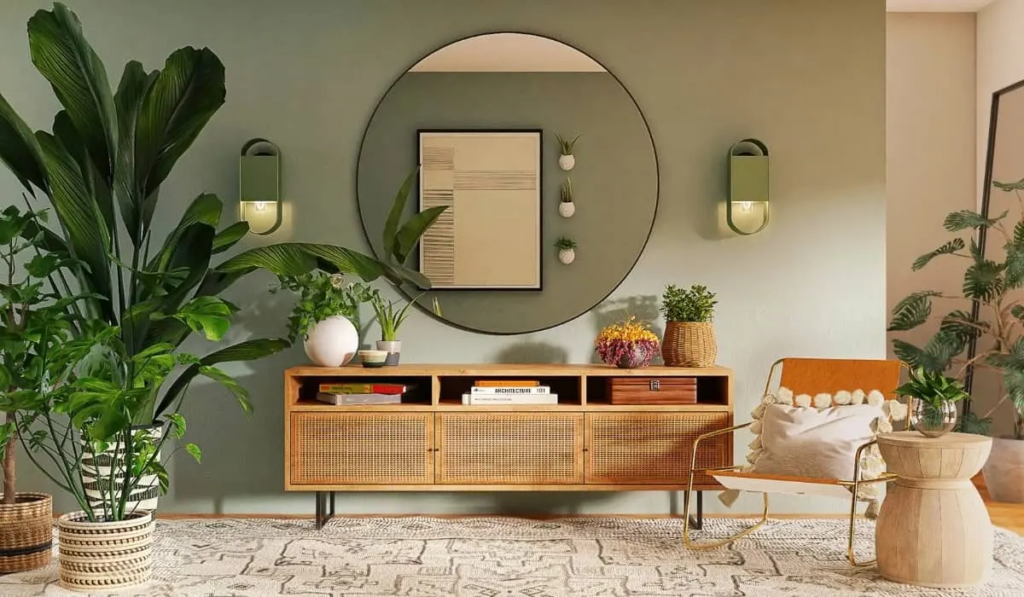
In a world filled with excess, sustainability and minimalism have emerged as powerful design principles that not only enhance aesthetics but also promote a mindful, impactful way of living. When these two concepts come together, they create a harmonious balance that prioritizes functionality, longevity, and environmental responsibility.
Content Table
| S.no. | Content |
| 1 | The Essence of Sustainable Minimalism |
| 2 | How Sustainability and Minimalism Complement Each Other |
| 3 | Designing with Purpose and Impact |
| 4 | The Future of Thoughtful Design |
The Essence of Sustainable Minimalism
Sustainability focuses on reducing waste, conserving resources, and ensuring that our choices have a positive or minimal impact on the environment. Minimalism, on the other hand, embraces simplicity, eliminating unnecessary clutter to highlight what truly matters. By integrating these two approaches, design can become a purposeful tool for change—one that prioritizes both style and sustainability.
How Sustainability and Minimalism Complement Each Other
- Less Consumption, Less Waste – Minimalist design encourages intentionality, leading to fewer purchases and, consequently, reduced waste. Choosing quality over quantity aligns with sustainability by reducing the environmental burden of mass production and fast consumption.
- Timeless Design, Long-Lasting Impact – Sustainable minimalism values durability and timeless aesthetics, ensuring that products and spaces remain relevant for years rather than being discarded in favor of fleeting trends.
- Eco-Friendly Materials – Whether it’s in architecture, fashion, or interior design, sustainable materials—like recycled wood, bamboo, organic cotton, and repurposed elements—blend seamlessly with minimalist principles, creating clean, natural, and functional spaces.
- Energy Efficiency – Minimalist designs often incorporate energy-efficient solutions, such as maximizing natural light, using renewable energy sources, and choosing energy-saving appliances that contribute to a healthier planet.
Designing with Purpose and Impact
Embracing sustainability and minimalism in design is more than just an aesthetic choice—it’s a lifestyle commitment. Here’s how you can incorporate these principles into your design approach:
- Prioritize Functionality – Every element in a design should serve a clear purpose. Avoid excess and focus on efficiency.
- Choose Sustainable Materials – Opt for ethically sourced, biodegradable, or upcycled materials that reduce environmental impact.
- Support Ethical Brands – Work with companies and artisans who prioritize sustainability and ethical production practices.
- Invest in Quality Over Quantity – Well-crafted, durable items not only last longer but also reduce the need for frequent replacements.
- Incorporate Nature – Use natural elements like plants, wooden textures, and earthy tones to create serene, eco-friendly spaces.
The Future of Thoughtful Design
Sustainability and minimalism are more than just trends; they are a shift toward more conscious living. By designing with purpose and impact, we can create environments that inspire, nurture, and protect the planet for future generations. Whether you’re an architect, interior designer, or someone passionate about eco-friendly living, integrating these principles can lead to a more meaningful and responsible approach to design.
Let’s build a future where beauty meets responsibility, and where design is not just about what looks good but also about what does good.

